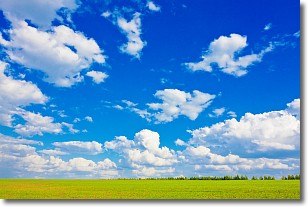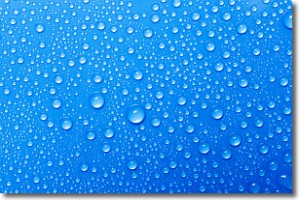Weather Alert in California
Beach Hazards Statement issued August 11 at 9:01AM PDT until August 12 at 9:00PM PDT by NWS San Francisco CA
AREAS AFFECTED: Coastal North Bay Including Point Reyes National Seashore; Northern Monterey Bay
DESCRIPTION: * WHAT...A long period southwesterly swell will result in an increased risk for sneaker waves and rip currents. * WHERE...Coastal North Bay Including Point Reyes National Seashore and Northern Monterey Bay. * WHEN...Through Tuesday evening. * IMPACTS...Sneaker waves can unexpectedly run significantly farther up the beach than normal, including over rocks and jetties. Rip current conditions are present. Rip currents are typically more frequent and stronger in the vicinity of jetties, inlets, and piers. Swimmers should always swim near a lifeguard. * ADDITIONAL DETAILS...Greatest risk will be along southwest facing beaches. Coastal sections of Marin and Santa Cruz counties. In particular southwest facing beaches, including but not limited to Stinson Beach, Santa Cruz Boardwalk Beach, and Twin Lakes Beach.
INSTRUCTION: Remain out of the water to avoid hazardous swimming conditions.
Want more detail? Get the Complete 7 Day and Night Detailed Forecast!
Current U.S. National Radar--Current
The Current National Weather Radar is shown below with a UTC Time (subtract 5 hours from UTC to get Eastern Time).

National Weather Forecast--Current
The Current National Weather Forecast and National Weather Map are shown below.

National Weather Forecast for Tomorrow
Tomorrow National Weather Forecast and Tomorrow National Weather Map are show below.

North America Water Vapor (Moisture)
This map shows recent moisture content over North America. Bright and colored areas show high moisture (ie, clouds); brown indicates very little moisture present; black indicates no moisture.

Weather Topic: What are Cumulus Clouds?
Home - Education - Cloud Types - Cumulus Clouds
 Next Topic: Drizzle
Next Topic: Drizzle
Cumulus clouds are fluffy and textured with rounded tops, and
may have flat bottoms. The border of a cumulus cloud
is clearly defined, and can have the appearance of cotton or cauliflower.
Cumulus clouds form at low altitudes (rarely above 2 km) but can grow very tall,
becoming cumulus congestus and possibly the even taller cumulonimbus clouds.
When cumulus clouds become taller, they have a greater chance of producing precipitation.
Next Topic: Drizzle
Weather Topic: What is Evaporation?
Home - Education - Precipitation - Evaporation
 Next Topic: Fog
Next Topic: Fog
Evaporation is the process which returns water from the earth
back to the atmosphere, and is another crucial process in the water cycle.
Evaporation is the transformation of liquid into gas, and it happens because
molecules are excited by the application of energy and turn into vapor.
In order for water to evaporate it has to be on the surface of a body of water.
Next Topic: Fog
Current conditions powered by WeatherAPI.com




